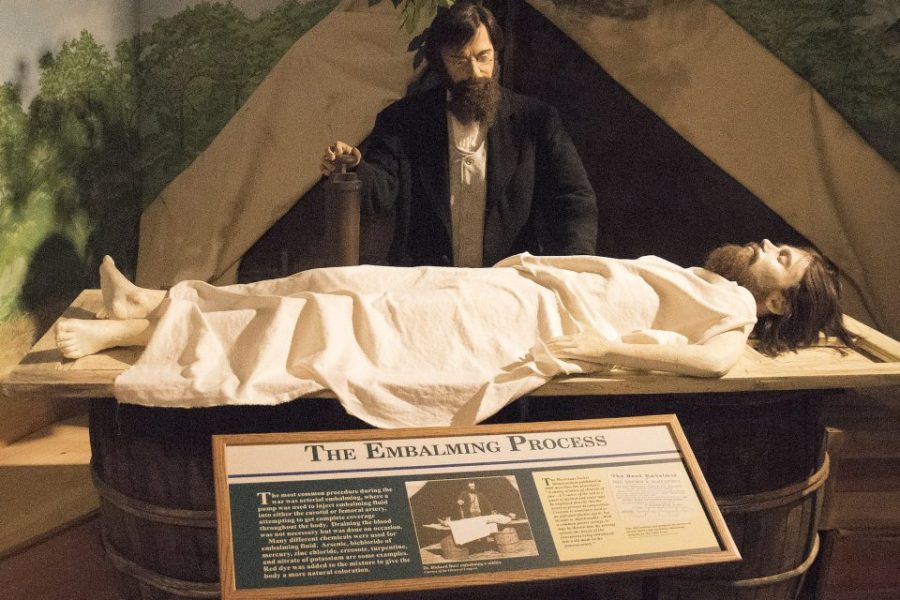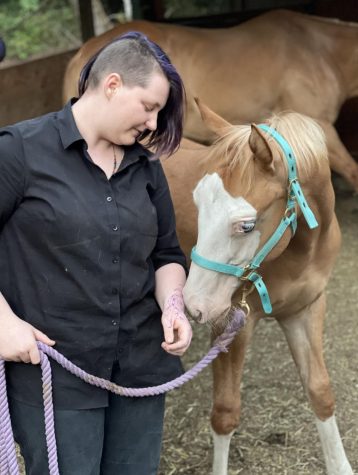The Process Of Embalming
March 23, 2023
When people die their body begins to decompose after about 24 hours, however, if you’ve ever been to a funeral with an open casket, the body may look completely untouched, even if it’s been about a week after the person died. Following the normal decomposition processes the body would be in the bloating stage, or the process of Putrefaction. As the bacteria that would normally be kept in check by our immune system begin digesting the body and organs, gasses such as Methane and Ammonia are released. This causes bloating in the body, mostly in the stomach area as the bacteria are commonly found in the large intestine.
However, that is not something you would see, or want to see, at a funeral, the corpse for an open casket funeral often looks almost untouched. The body looks as though it’s sleeping, maybe it will have a bit of makeup on, this is all because of the embalmers. An Embalmer is a person whose job is to use chemicals to prevent a dead body from decaying via the process of Embalming, Embalming is described as the art and science of preserving human remains by treating them to forestall decomposition. Embalmers are an extremely important part of our funerals, after all, you wouldn’t want to see your dead loved one with their skin off-colored and eyes bulging.
The Embalming process starts with cleaning the body in a disinfectant solution, the limbs are then massaged to remove any stiffness and to relieve pressure on the joints, this step is also when any shaving would be done.
The next step is called “Setting The Facial Features,” this is done by closing the eyes with either glue or plastic eye caps. The jaw is then sewn shut with either metal wires or a strong plastic wire, the face can then be manipulated into the desired expression.
Next, up is Arterial Embalming, which is when the blood is removed from the body via a pump, and replaced with a formaldehyde-based chemical. That chemical may contain Glutaraldehyde, Methanol, Ethanol, Phenol, Water, and Dyes, the dye is used to give the impression of blood flowing through the veins, to keep the skin the same color it would have been when alive.
Cavity Embalming is next, a small incision is made in the lower abdomen, where a trocar is placed into the body cavity, the organs in the chest and abdomen are then punctured to drain any liquids or gasses inside the body. Once the organs are properly drained they are filled with the same formaldehyde solution that is preserving the veins, this is the end of the embalming process.
You’ll notice that there was no mention of doing make-up or visually preparing the corpse for viewing, that is because all of that work is done by morticians. Morticians are responsible for what clothes, make-up, and hairstyle the deceased has. They are also skilled in facial reconstruction if the body suffered from a death that could damage the face, such as a gunshot, animal attack, etc.




